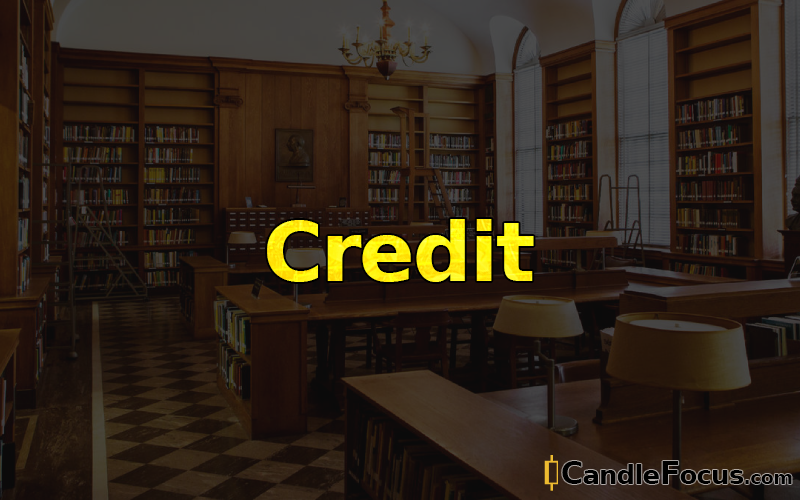Credit is a fundamental component of modern financial life. Knowing how and when to use credit responsibly can be a powerful financial tool for managing and improving one's financial situation. The main types of credit are secured credit, unsecured credit, and debt consolidation.
Secured Credit. Secured credit is credit extended by a lender, typically a bank or credit union, against an asset or collateral owned by the borrower. Typical assets used as collateral include residential property, stocks, bonds and other financial investments, or personal possessions. When a borrower fails to make payments, the lender may seize the assets used as collateral. Some popular examples of secured credit include mortgages, title loans, and pawn loans.
Unsecured Credit. Unsecured credit is a type of loan given without any collateral being required. This type of loan normally carries a higher interest rate as there is no asset that the lender can seize if the borrower fails to make payments. Popular examples of unsecured credit include credit cards, student loans, and personal loans.
Debt Consolidation. Debt consolidation is a financial strategy that combines multiple debts into a single loan. Typically, this type of loan will have more favorable repayment terms, including lower interest rates and no collateral. Debt consolidation loans can help borrowers manage their debt and improve their credit score by making their payments easier to manage and increasing their repayment history.
Credit is a valuable financial tool that can help individuals and businesses better manage their money. Establishing good credit is essential to obtaining favorable terms on future loans and credit, and can also help improve one's credit score over time. Knowing when, how and why to use credit, and how to manage it responsibly, is key to making the most of its many benefits.
Secured Credit. Secured credit is credit extended by a lender, typically a bank or credit union, against an asset or collateral owned by the borrower. Typical assets used as collateral include residential property, stocks, bonds and other financial investments, or personal possessions. When a borrower fails to make payments, the lender may seize the assets used as collateral. Some popular examples of secured credit include mortgages, title loans, and pawn loans.
Unsecured Credit. Unsecured credit is a type of loan given without any collateral being required. This type of loan normally carries a higher interest rate as there is no asset that the lender can seize if the borrower fails to make payments. Popular examples of unsecured credit include credit cards, student loans, and personal loans.
Debt Consolidation. Debt consolidation is a financial strategy that combines multiple debts into a single loan. Typically, this type of loan will have more favorable repayment terms, including lower interest rates and no collateral. Debt consolidation loans can help borrowers manage their debt and improve their credit score by making their payments easier to manage and increasing their repayment history.
Credit is a valuable financial tool that can help individuals and businesses better manage their money. Establishing good credit is essential to obtaining favorable terms on future loans and credit, and can also help improve one's credit score over time. Knowing when, how and why to use credit, and how to manage it responsibly, is key to making the most of its many benefits.
 Esponel (es)
Esponel (es) Türkçe (tr)
Türkçe (tr) Russian (ru)
Russian (ru) 한국인 (kr)
한국인 (kr) Italiano (it)
Italiano (it) हिंदी (in)
हिंदी (in) عربي (ar)
عربي (ar) Français (fr)
Français (fr) Deutsch (de)
Deutsch (de) 日本 (jp)
日本 (jp) 中国人 (cn)
中国人 (cn)
 CandleFocus Glossary Editor
CandleFocus Glossary Editor